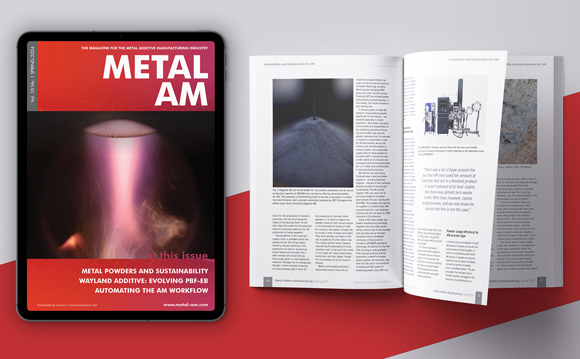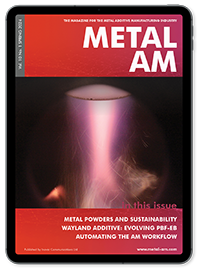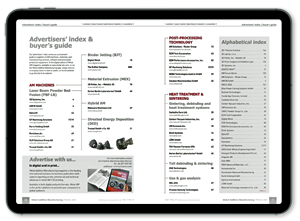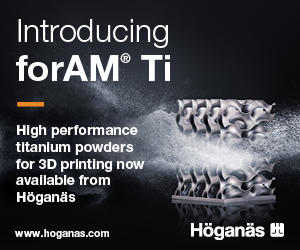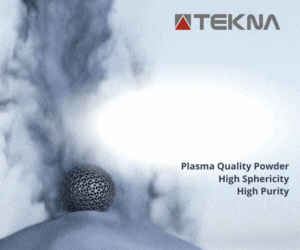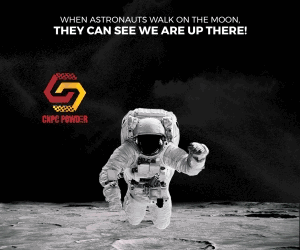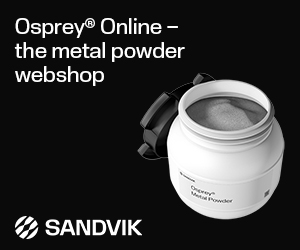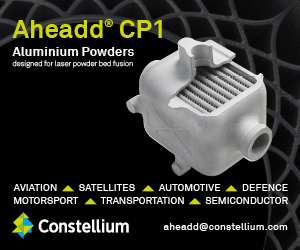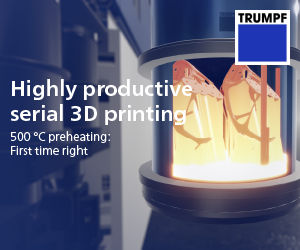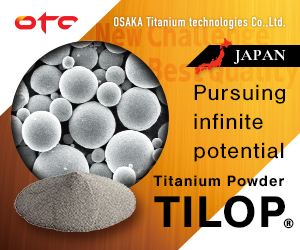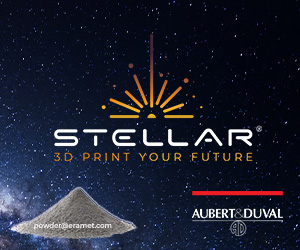Researchers review processes for tungsten Additive Manufacturing
July 6, 2022
A team of researchers from the University of California, Texas A&M University, Lawrence Livermore National Laboratory (LLNL), and Oak Ridge National Laboratory (ORNL), has published a paper reviewing the efficacy of Additive Manufacturing refractory metal tungsten and tungsten alloys, in the journal Additive Manufacturing.
Tungsten and tungsten alloys are utilised for various industrial applications due to their high melting point (tungsten has a melting point of approximately 3,400°C) and high density, as well as other properties. Because of this melting point, however, tungsten is difficult to use in Laser Beam or Electron Beam Powder Bed Fusion (PBF-LB or PBF-EB, respectively), while tungsten alloys are typically processed via these technologies and Directed Energy Deposition (DED) Additive Manufacturing.
The paper identified the issue of cracking as particularly relevant to the PBF-LB process as it relates to tungsten. To reduce cracking, the researchers investigated combining pure tungsten powder with 1, 5, and 10% tantalum (Ta) powder. The 5% Ta mixture was shown to reduce grain size, though the 10% showed no further reduction. The researchers also reported solutions via altering the tracking technique, recrystallisation and reheating the substrates, thereby reducing (or eliminating) any tensions produced when additively manufacturing tungsten.
In their research, the team also found that issues associated with DED Additive Manufacturing – namely, thickness building, permeability and splitting – can also be addressed by parameter optimisation, good material integrity and surface preheating.
To date, there is relatively little research into PBF-EB Additive Manufacturing of refractory tungsten and tungsten alloys. The team behind ‘A review on additive manufacturing of refractory tungsten and tungsten alloys’ tested the performance of a tungsten component produced via PBF-EB and reported that the bond strength was reported to be less than standard wrought tungsten.
The paper was authored by Alberico Talignani, Raiyan Seede, Austin Whitt, Shiqi Zheng, Jianchao Ye, Ibrahim Karaman, Michael M Kirka, Yutai Kato, and Y Morris Wang and is available here.



